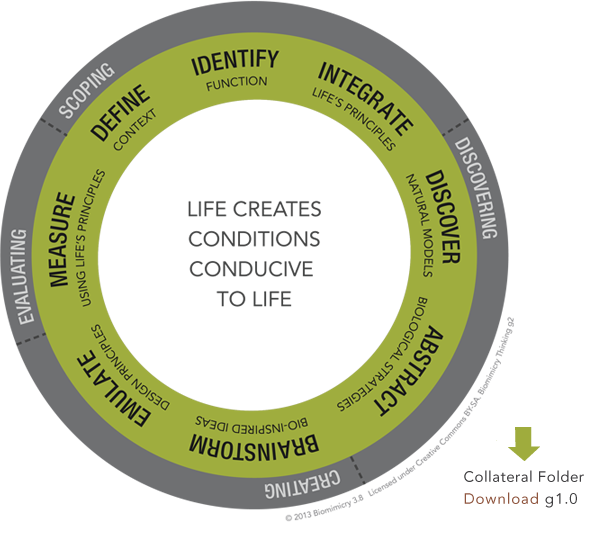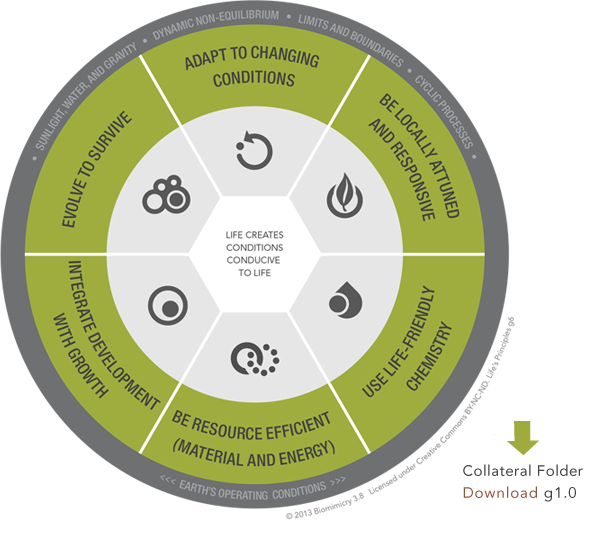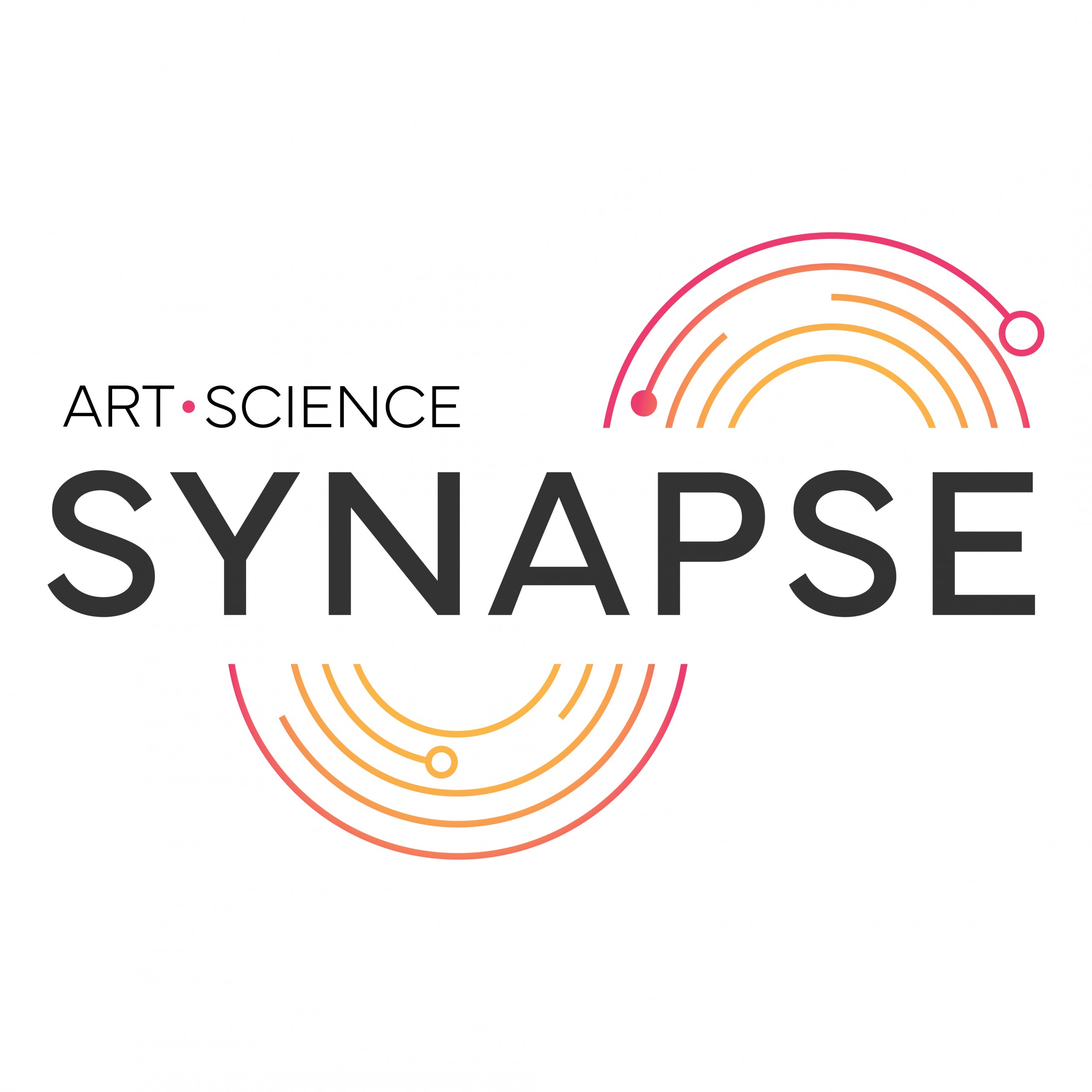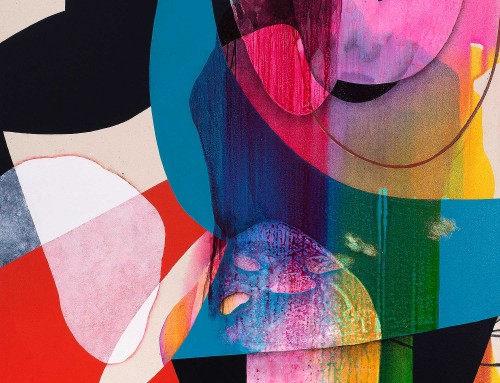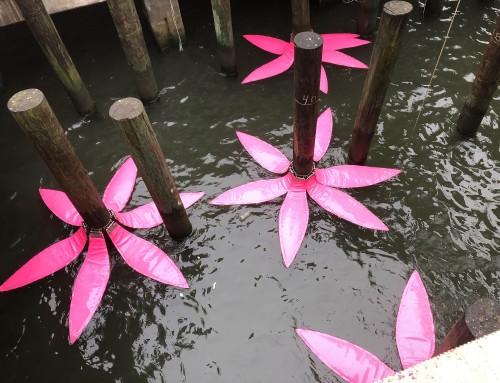The University of Akron Biomimicry Research and Innovation Center (BRIC) is a center dedicated to the advancement of innovation inspired by nature. Together with our regional partners, we are building an internationally recognized center for biomimicry research, design, teaching and training.
The work of BRIC is to align the creative ideas of scientists, engineers, artists, and entrepreneurs to catalyze invention. By partnering our existing biomimetic research expertise with the Great Lakes Biomimicry (GLBio) business leaders, the BRIC paradigm lays the foundation for sustainable economic and educational innovation powered by nature-inspired technologies.
Quoting from Biomimicry.com:
Biomimicry (from bios, meaning life, and mimesis, meaning to imitate) is a new discipline that studies nature’s best ideas and then imitates these designs and processes to solve human problems. Studying a leaf to invent a better solar cell is an example. I think of it as “innovation inspired by nature.”
The core idea is that nature, imaginative by necessity, has already solved many of the problems we are grappling with. Animals, plants, and microbes are the consummate engineers. They have found what works, what is appropriate, and most important, what lasts here on Earth. This is the real news of biomimicry: After 3.8 billion years of research and development, failures are fossils, and what surrounds us is the secret to survival.
Like the viceroy butterfly imitating the monarch, we humans are imitating the best adapted organisms in our habitat. We are learning, for instance, how to harness energy like a leaf, grow food like a prairie, build ceramics like an abalone, self-medicate like a chimp, create color like a peacock, compute like a cell, and run a business like a hickory forest.
The conscious emulation of life’s genius is a survival strategy for the human race, a path to a sustainable future. The more our world functions like the natural world, the more likely we are to endure on this home that is ours, but not ours alone.
For more information, visit http://uabiomimicry.org.
